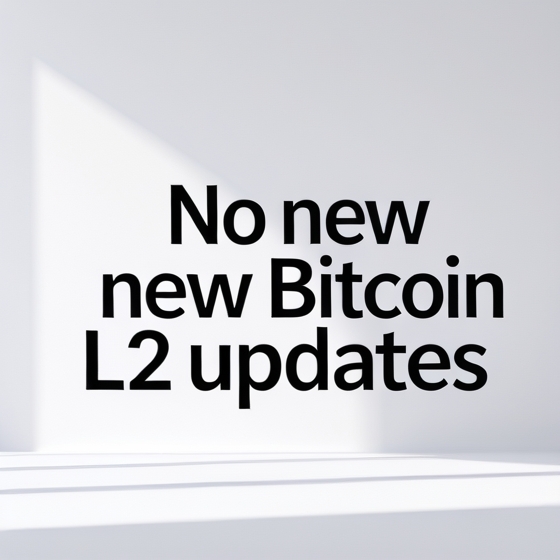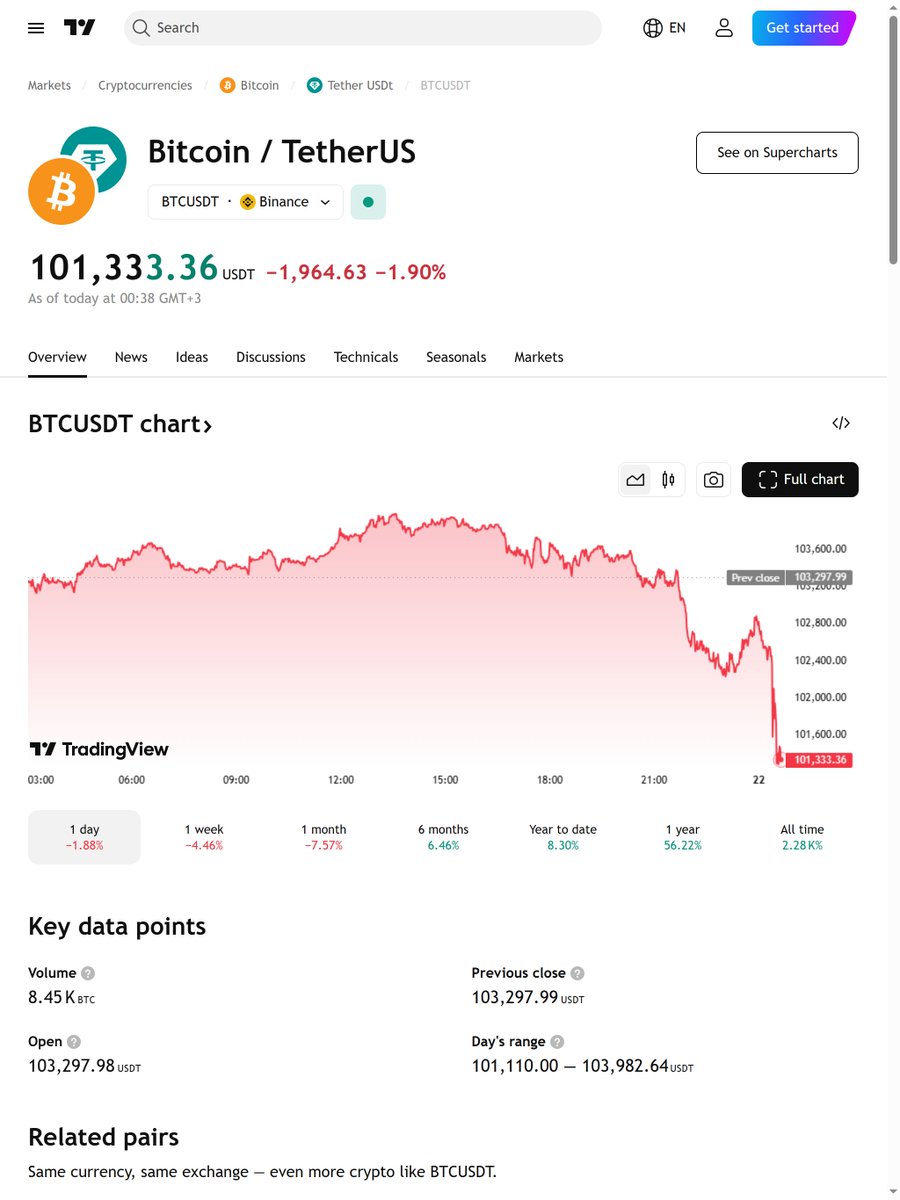The Current State of Bitcoin Layer 2 Solutions
Imagine standing at the edge of a vast, untapped frontier. This is the realm of Bitcoin Layer 2 solutions, a space teeming with potential but currently experiencing a lull in new developments. As of May 4, 2025, the landscape of Bitcoin’s scalability solutions has seen a pause, with no fresh updates beyond Ethereum/EVM Layer 2s. This hiatus serves as a reminder of both the immense potential and the current challenges in scaling Bitcoin. So, what’s next for Bitcoin’s Layer 2 technology?
Understanding the Lull
The Current Landscape
Bitcoin, the pioneer of cryptocurrencies, has long faced scalability issues. The base layer of Bitcoin can handle only a limited number of transactions per second, making it inefficient for widespread use. Layer 2 solutions aim to address this by processing transactions off the main blockchain, thereby increasing throughput and reducing costs. However, recent observations indicate a slowdown in the development of new Layer 2 solutions specifically for Bitcoin.
Potential Reasons for the Pause
Several factors could be contributing to this lull. One significant reason is the competitive landscape. Ethereum and its Layer 2 solutions have seen rapid development and adoption, attracting much of the developer and investor attention. This has left Bitcoin’s Layer 2 ecosystem in a state of relative stagnation. Additionally, the technical challenges associated with building scalable solutions on Bitcoin’s more rigid protocol are substantial. Developers must navigate a complex web of constraints, making innovation a slow and arduous process.
The Potential of Bitcoin Layer 2
Scalability and Efficiency
Despite the current pause, the potential of Bitcoin Layer 2 solutions remains immense. Scalability is crucial for Bitcoin to achieve mainstream adoption. Layer 2 solutions can significantly increase the number of transactions processed per second, making Bitcoin more efficient and user-friendly. This could pave the way for Bitcoin to be used in everyday transactions, not just as a store of value.
Enhanced Privacy and Security
Layer 2 solutions can also enhance privacy and security. By processing transactions off the main blockchain, users can enjoy greater privacy without compromising the security of the Bitcoin network. This is particularly important in an era where privacy concerns are at the forefront of technological discussions.
Economic Viability
Economic viability is another critical aspect. Layer 2 solutions can reduce transaction fees, making Bitcoin more accessible to a broader audience. Lower fees can incentivize more frequent use, driving further adoption and integration into everyday financial activities. This economic efficiency can also attract more developers and investors, fostering a virtuous cycle of innovation and growth.
The Road Ahead
Innovation and Collaboration
To break the current lull, innovation and collaboration are key. Developers need to explore new approaches and technologies that can overcome the challenges unique to Bitcoin’s protocol. Collaboration between different projects and the broader crypto community can accelerate progress and foster a more robust Layer 2 ecosystem. Open-source initiatives and shared research can lead to breakthroughs that benefit the entire community.
Regulatory and Market Factors
Regulatory clarity and market demand will also play a significant role in shaping the future of Bitcoin Layer 2 solutions. As regulations become more defined, developers will have a clearer path to innovation. Market demand, driven by user needs and industry trends, will dictate the direction of Layer 2 development. Investors and users alike need to see the value and potential of Layer 2 solutions to drive further investment and adoption.
Technological Advancements
Technological advancements are crucial for the future of Bitcoin Layer 2 solutions. Emerging technologies such as zero-knowledge proofs, state channels, and sidechains offer promising avenues for scalability and efficiency. These technologies can be integrated into Layer 2 solutions to create more robust and scalable systems. Continuous research and development in these areas will be essential for pushing the boundaries of what is possible.
Conclusion: A Call to Action
The current lull in Bitcoin Layer 2 developments is a temporary setback, not a dead end. The potential for scalability, efficiency, and enhanced privacy makes Layer 2 solutions a critical area of focus. It is a call to action for developers, investors, and the broader crypto community to come together, innovate, and push the boundaries of what is possible. The future of Bitcoin’s scalability lies in our collective hands, and it is up to us to shape it.
The journey ahead is filled with challenges, but the rewards are immense. By addressing the current lull and focusing on innovation, collaboration, and technological advancements, we can unlock the full potential of Bitcoin Layer 2 solutions. This will not only enhance the scalability and efficiency of Bitcoin but also pave the way for its widespread adoption and integration into everyday financial activities. The future of Bitcoin is bright, and it is up to us to make it a reality.











